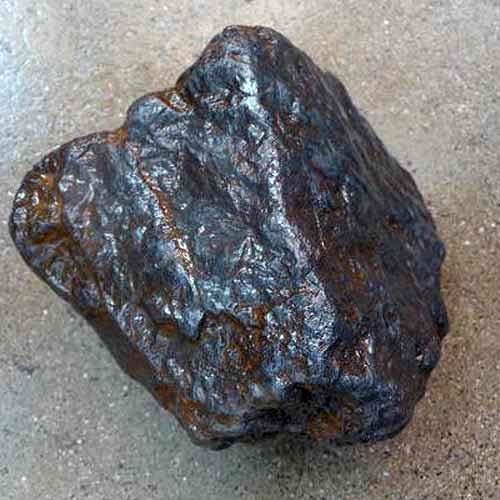As global markets face economic uncertainties, Zimbabwe’s iron ore sector encounters both challenges and opportunities, particularly in light of the World Bank’s recent predictions about iron ore prices. These forecasts are especially pertinent for a country rich in iron ore resources that must navigate a fluctuating market.
By Ryan Chigoche
The World Bank projects a 9% decline in iron ore prices for 2024, followed by a 4.5% drop in 2025, driven by weaknesses in the Chinese real estate sector and reduced demand for iron ore.
Amid these predictions, local companies are preparing to invest significantly in the iron ore industry. ZiscoSteel requires approximately US$32 million to revive its mining operations and restart limestone mining. Meanwhile, Kuvimba Mining House (KMH), appointed by the government last December to oversee ZiscoSteel’s resuscitation, plans to invest US$300 million to restart the steel plant, with expected annual revenues of US$200 million.
Additionally, the Chinese-owned Dinson Iron and Steel Company (Disco), a cornerstone of the Manhize Industrial Park near Mvuma in Zimbabwe’s Midlands province, has invested over US$2 billion to unlock the country’s economic potential.
However, according to Wood Mackenzie, investments in iron ore mining are projected to decline by 15-20% from 2024 to 2034 compared to the previous decade, largely due to shrinking demand from China and the availability of lower-cost supplies.
With China accounting for about 65% of global iron ore consumption, any slowdown in its economy directly affects Zimbabwe, where iron ore exports are vital for economic stability. In 2022, Zimbabwe exported approximately $2.01 million in iron ore, primarily to Mozambique, with smaller amounts to South Africa and China. As the World Bank’s forecasts suggest a tightening market, local producers may face increased pressure to adapt their strategies. Companies like Dinson Iron & Steel and ZiscoSteel will need to enhance operational efficiencies and reduce costs to remain competitive.
Moreover, predicted price fluctuations could impact local employment and investment. If iron ore prices continue to decline, new investments in mining infrastructure crucial for the sector’s long-term growth may slow, potentially affecting job creation and retention in communities reliant on mining for their livelihoods.
Nevertheless, Zimbabwe has the opportunity to leverage its vast iron ore reserves, estimated at around 30 billion tonnes, to expand its market reach. By improving local production capabilities and strengthening partnerships with regional buyers, the country could mitigate some adverse effects of global price fluctuations.
As the sector confronts these challenges, there is potential for the government and industry stakeholders to collaborate on strategies that enhance resilience. By fostering innovation and investing in sustainable practices, Zimbabwe can adapt to the evolving global iron ore market, despite the World Bank’s predictions.
While the World Bank’s forecasts for declining iron ore prices pose significant challenges for Zimbabwe’s mining sector, they also present opportunities for strategic adaptation. With proactive measures and a focus on local resources, Zimbabwe can emerge from these economic uncertainties stronger and more competitive in the global iron ore landscape.
.png)




